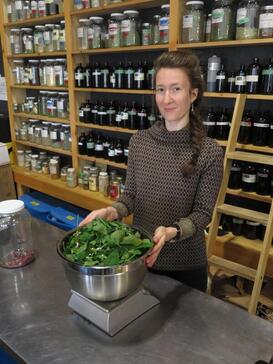 How to make herbal tinctures ("folk method"): 1. Gather your herb. 2. Fill it loosely into a jar with a screw top (i.e. mason jar). 3. Pour alcohol over your herb until it covers the herb about 1/2'' or so. For dry herbs use 40-50% alcohol (80-100 proof), for fresh herbs use 60-95% alcohol (120-190 proof). Plants with a high water content (i.e. fresh roots) should use the higher alcohol percent (i.e. 95%). Vodka or grain alcohol are good choices because of their neutral flavor. 3.5. Optional step - blend the alcohol and herb together to increase surface area exposure for the herb. 4. Place the jar away from light (i.e. in a cupboard), in a cool, dry location for 4-6 weeks. 5. Shake or stir the tincture every day if possible. 6. If after a day or two the plant material expanded and is no longer submerged in the alcohol you may need to add more alcohol. Especially look for this with dry roots and fruits (may need to cover them with 1-2'' or more alcohol from the beginning). 7. After 4-6 weeks strain out the herbal material and store your tincture for use! That's it! 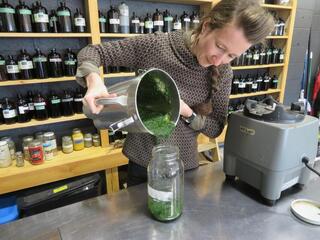 It's possible to get much more detailed with your tincture-making, but the above method will work pretty well for most herbs. If you want to be more precise, you can measure the weight of the herbs and the volume of the "menstrum" (alcohol). You can also look up a recipe to find an "herb:menstrum" ratio for the plant you're working with. For example, an recipe might say to tincture a fresh plant at "1:2, 80%," which means for every 1 part of plant material by weight (grams or ounces), use 2 parts of menstrum by volume (milliliters or fluid ounces), using 80% alcohol. With more potent herbs it's best to be precise and follow a specific recipe in order to take a more precise dose of the final product. For most mild herbs, there is a great deal of room for experimentation and error - herbs like peppermint or chamomile have a wide therapeutic dose range, so it doesn't matter so much what the relative concentration of the tincture is. The most important thing in terms of safety is to prevent fermentation, mold or harmful bacteria growth by using a high enough alcohol percent. To be on the safe side, the final alcohol percent should be above 30%. When you use fresh herbs that contain water, the final alcohol percent will be lower than the alcohol you add in, as the water in the herb will dilute the alcohol. That's why you need to start with a higher percent of alcohol with fresh herbs. If you want to be very precise, set aside some of the fresh herb, weigh it, let it dry, and then weigh it again to find out how much water was in the herb. Thanks for reading! Let us know if you have any questions. You can reach us at 802-540-0595, [email protected], or on our Facebook page. Want to learn more in person? Join Emma for a tincture making class as part of the "medicine making series" on Tuesday, Nov. 5th, 6:30-8pm.
14 Comments
|
Details
RAILYARDCheck in here to keep updated on news and activities at the apothecary. Archives
April 2024
Categories
All
|
railyard apothecary
*These statements have not been evaluated by the Food and Drug Administration. This product is not intended to diagnose, treat, cure, or prevent any disease. For educational purposes only.
|
|
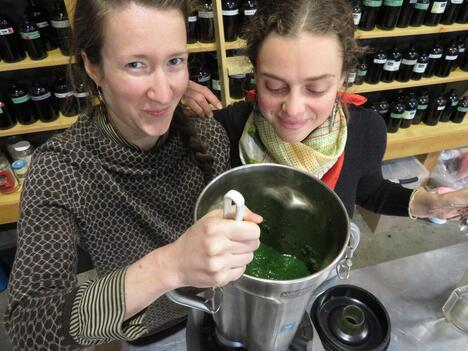
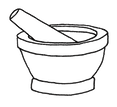
 RSS Feed
RSS Feed
